I'm an interior designer and this is how I pull a room together to create a harmonious space
It's all about honoring your personality

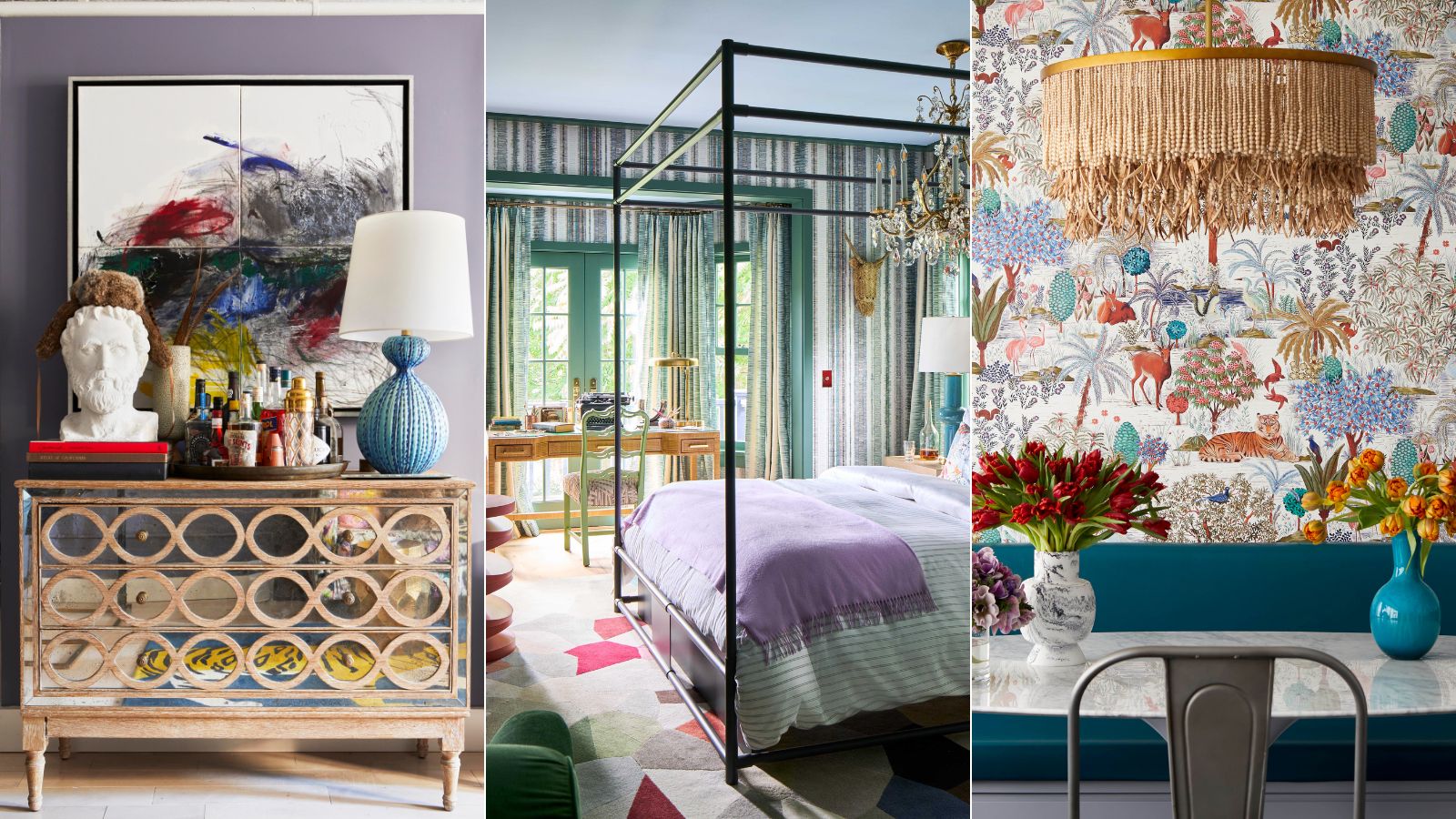
Designing a room that exudes comfort and style requires careful consideration and a keen eye for detail. Whether you're starting from scratch or revamping an existing space, the key lies in pulling everything together seamlessly.
Here are my tips to help you create a harmonious room that reflects your personality and enhances your everyday life.
1. Consider the room's primary function
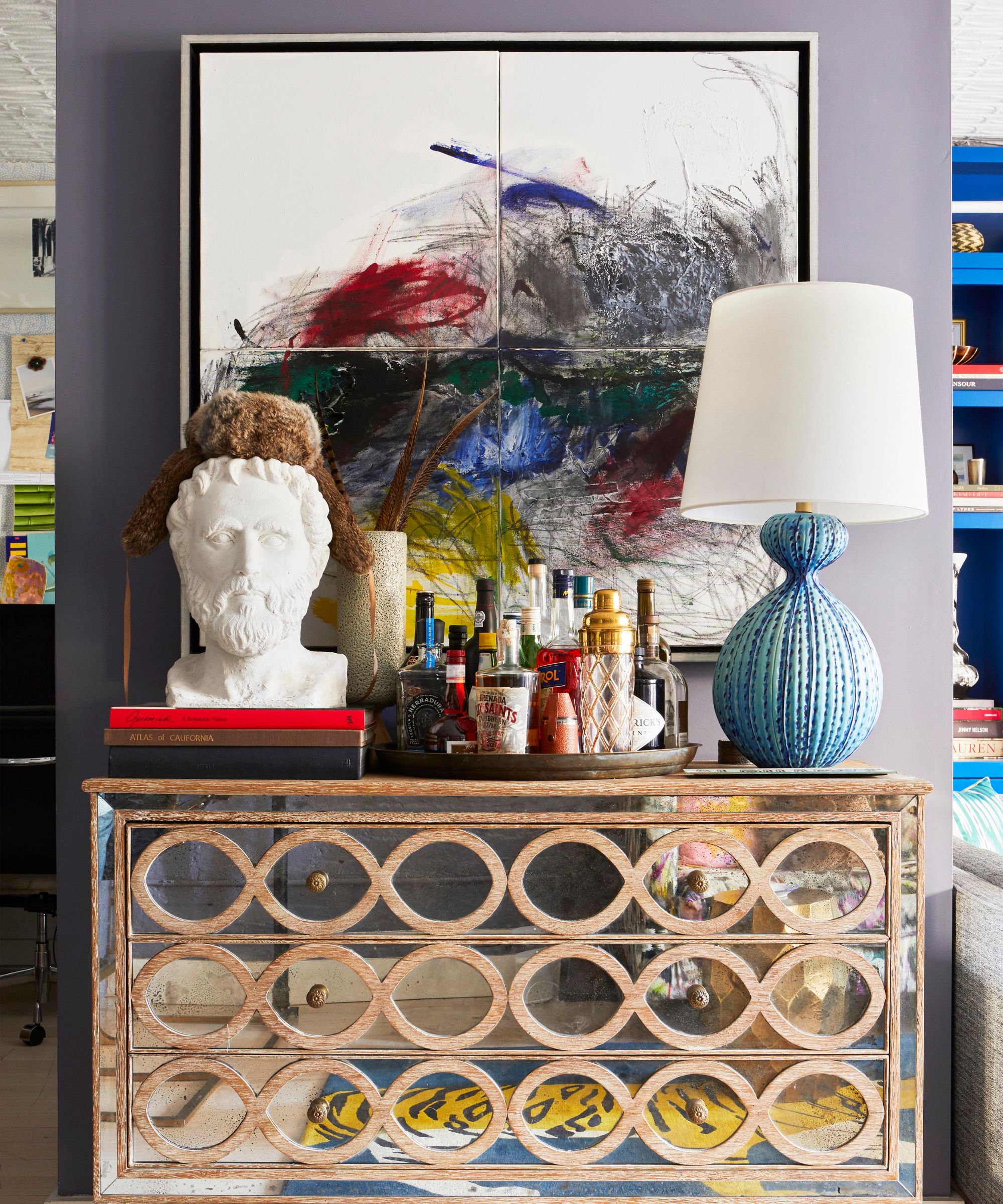
Firstly, when planning the layout, it's essential to assess how you'll utilize the room most of the time. Instead of catering to rare occasions, prioritize the room's everyday functionality.
Choosing furniture based on the room's regular capacity will ensure a comfortable and practical setup year-round. Avoid the temptation to squeeze in oversized items just to accommodate occasional guests.
2. Set the mood with colors you love

Colors play a crucial role in setting the mood of a room. Start by considering your favorite colors, particularly those found in your wardrobe. If you feel comfortable wearing them, you'll feel at ease living within them, whether as accents or the overall tone.
Incorporating these colors into your room's design will create a sense of harmony and personal connection.
3. Begin with large pieces of furniture
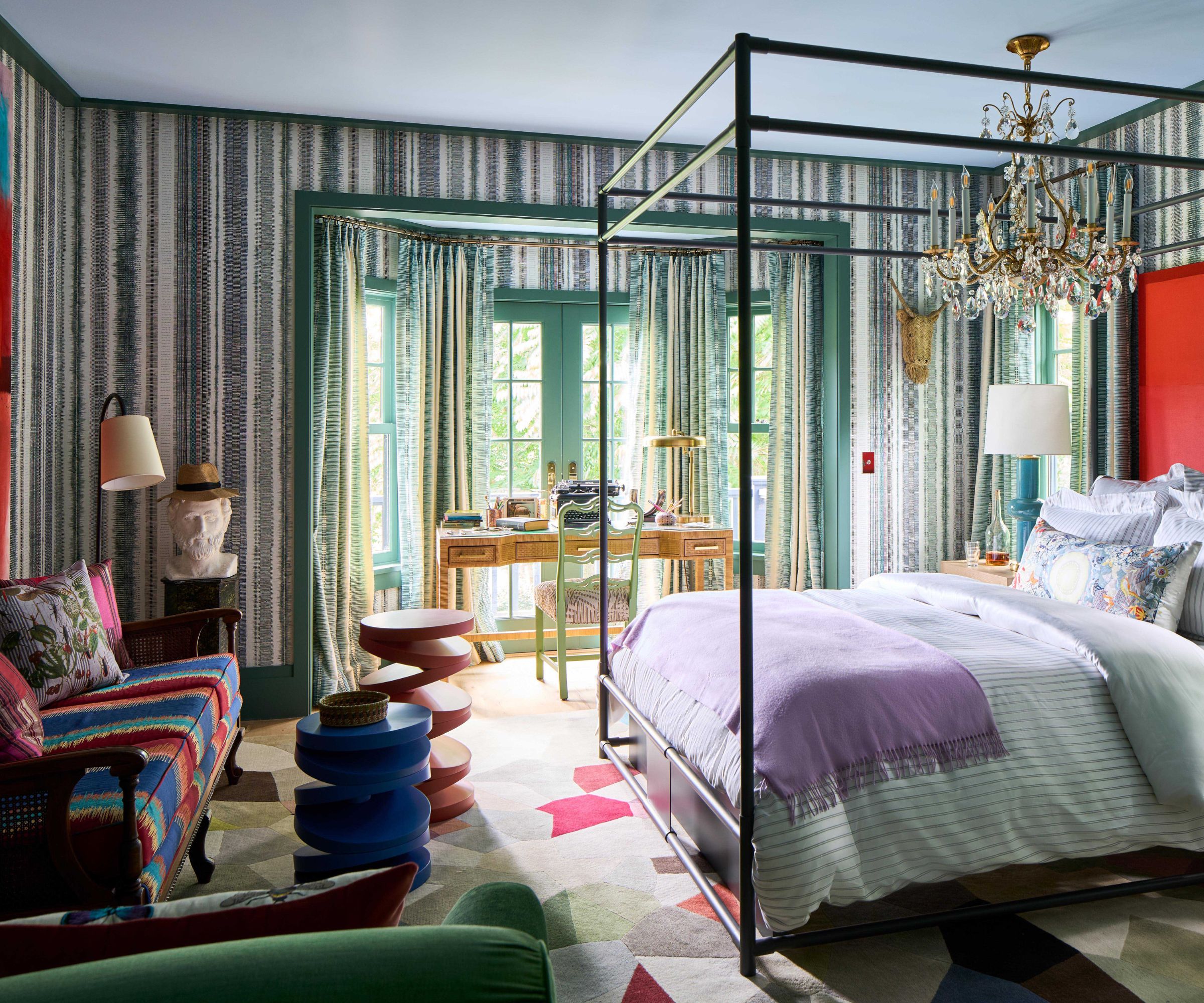
When selecting furniture, begin with the larger pieces, such as sofas, dining tables, or beds. From there, build a cohesive aesthetic by coordinating or contrasting the style or period of the furniture.
Design expertise in your inbox – from inspiring decorating ideas and beautiful celebrity homes to practical gardening advice and shopping round-ups.
However, be mindful of scale to ensure a balanced composition. Mixing different periods is possible, but consistency in scale is crucial. Measure twice to guarantee ample space to move around the room, ensuring optimal functionality.
4. Create contrast with accent pieces
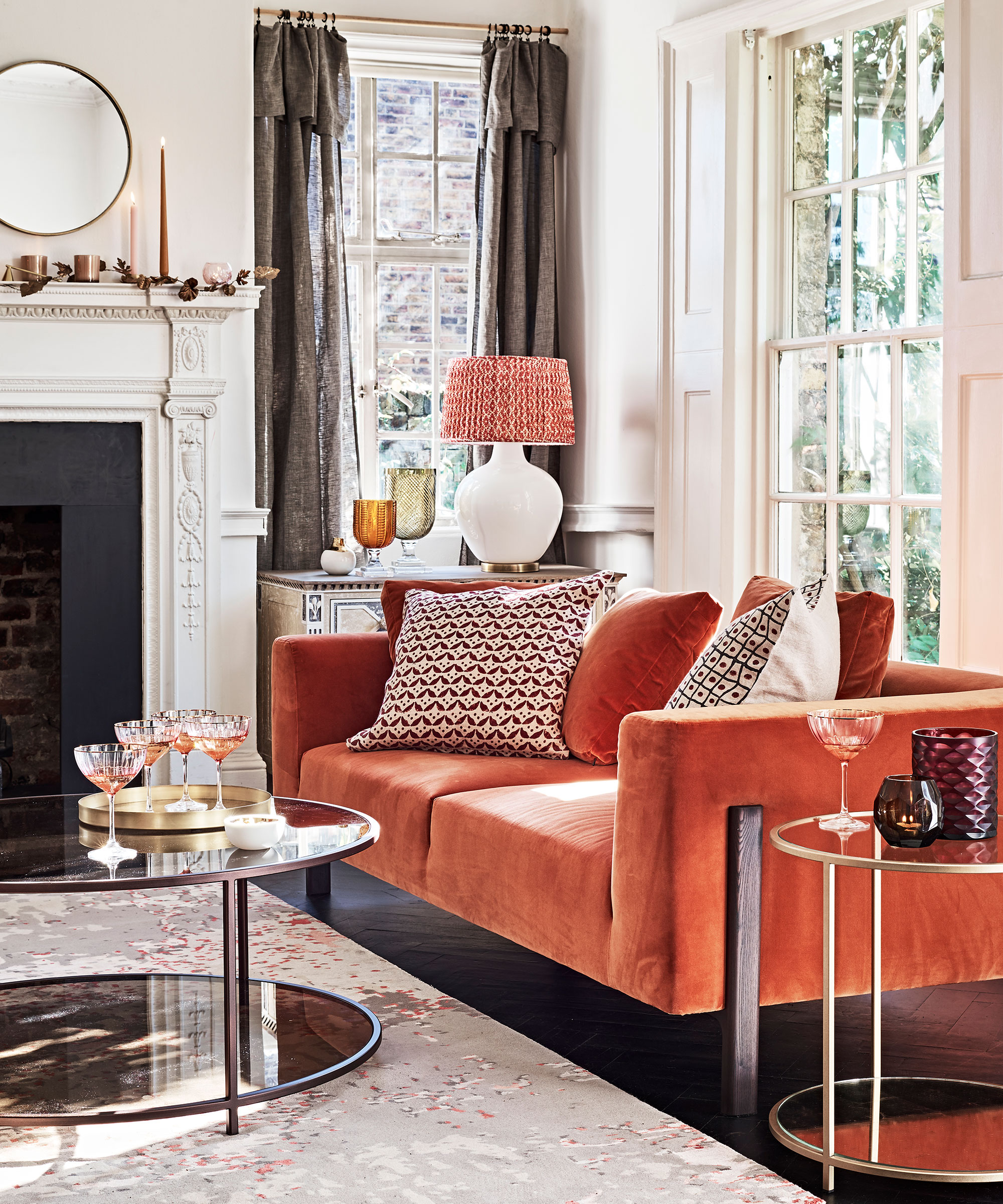
Chairs and other complementary items, like console tables, should visually contrast the larger furniture pieces. Choosing different colors or textures will add depth and visual interest to the space.
Additionally, rugs should incorporate the main accent colors of the room, providing a cohesive foundation that grounds the furniture. Make sure the rug is large enough to touch the legs of all major furnishings.
5. Invest in lighting

In terms of lighting, investing in quality pieces is essential. Lighting fixtures act as the jewellery of the room, instantly catching the eye. Opt for high-quality pieces that suit the room's style and add a touch of sophistication. Don't underestimate the impact of good lighting; it can elevate the entire ambience of a space.
6. Accessorize with collected treasures
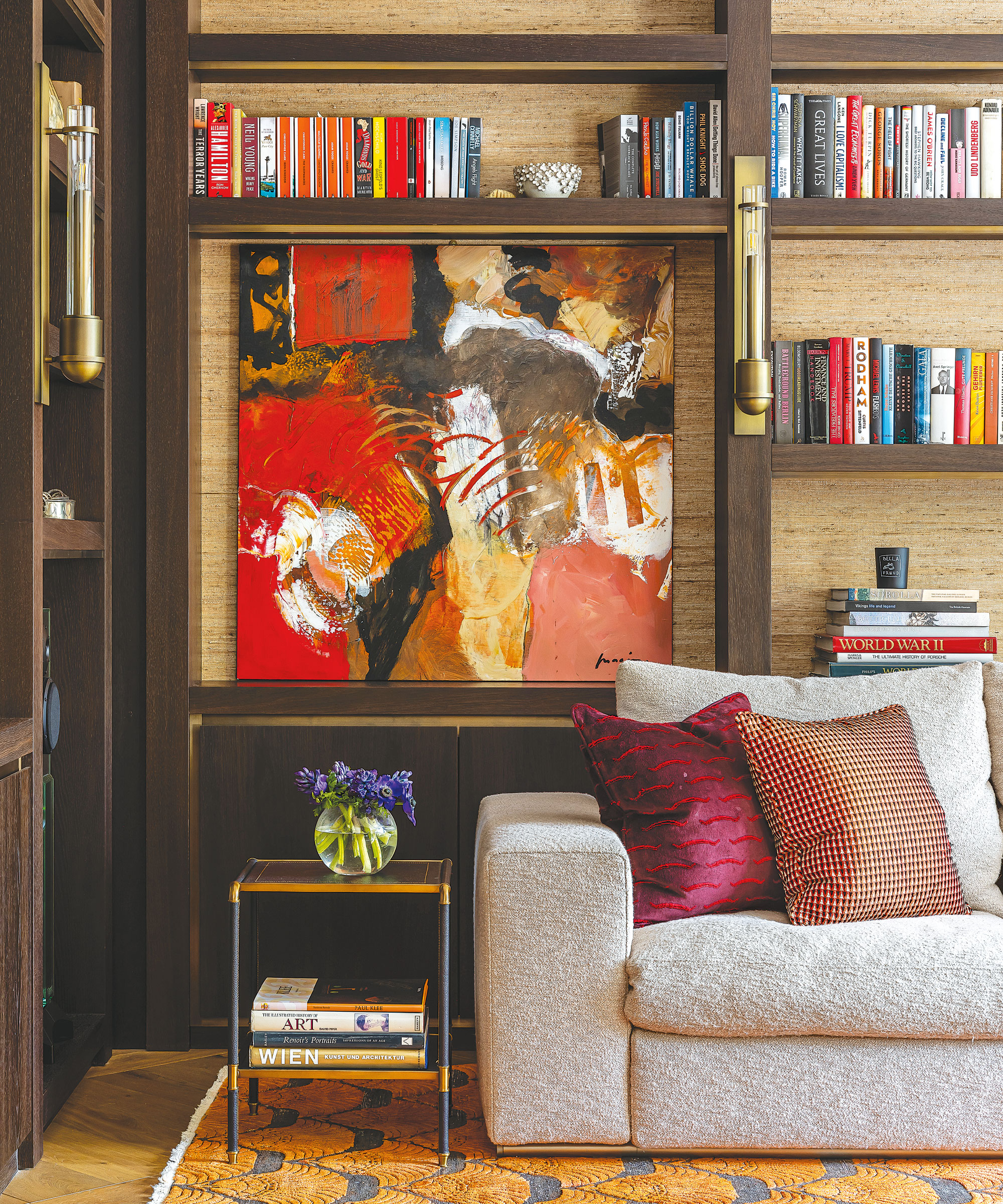
Lastly, accessories are the final layer that brings a room to life. Let your personality shine through by incorporating new, contemporary items alongside treasures collected from travels or handed down through generations. Mix metals and elements from different eras to create an eclectic and visually intriguing atmosphere.
Designing a room is an opportunity to create a space that reflects your individuality while providing comfort and functionality. By carefully considering the room's layout, color scheme, furniture selection, lighting choices, and accessory placement, you can pull everything together to achieve a harmonious and inviting environment that truly feels like home.
Remember, it's the little details that make all the difference.

Rayman Boozer, principal designer at Apartment 48, has always had an eye for design. As a child, he would spend his free time rearranging his room, experimenting with different color combinations, and incorporating unique pieces to create a space that felt uniquely his own. As he grew older, Rayman's love for design intensified, and he decided to pursue it as a career. With a bachelor's degree from Indiana University, Rayman Boozer moved to New York and opened a home furnishings store in Chelsea called Apartment 48, one of the first lived-in, shoppable experiences.